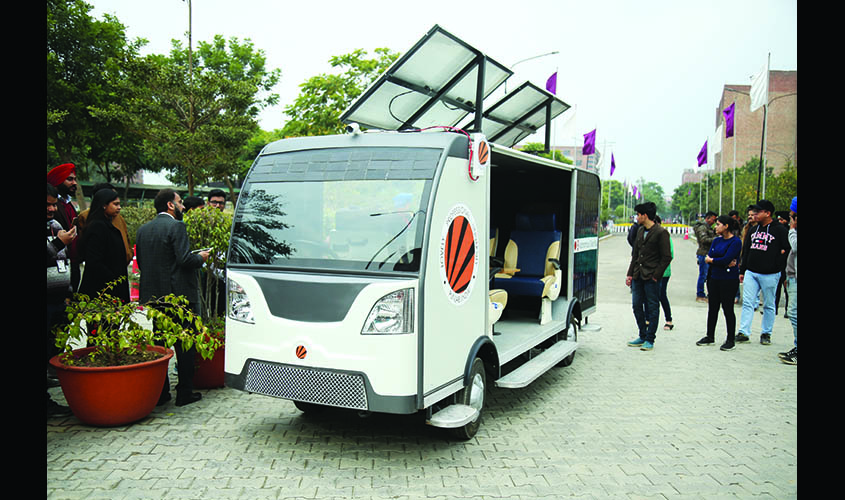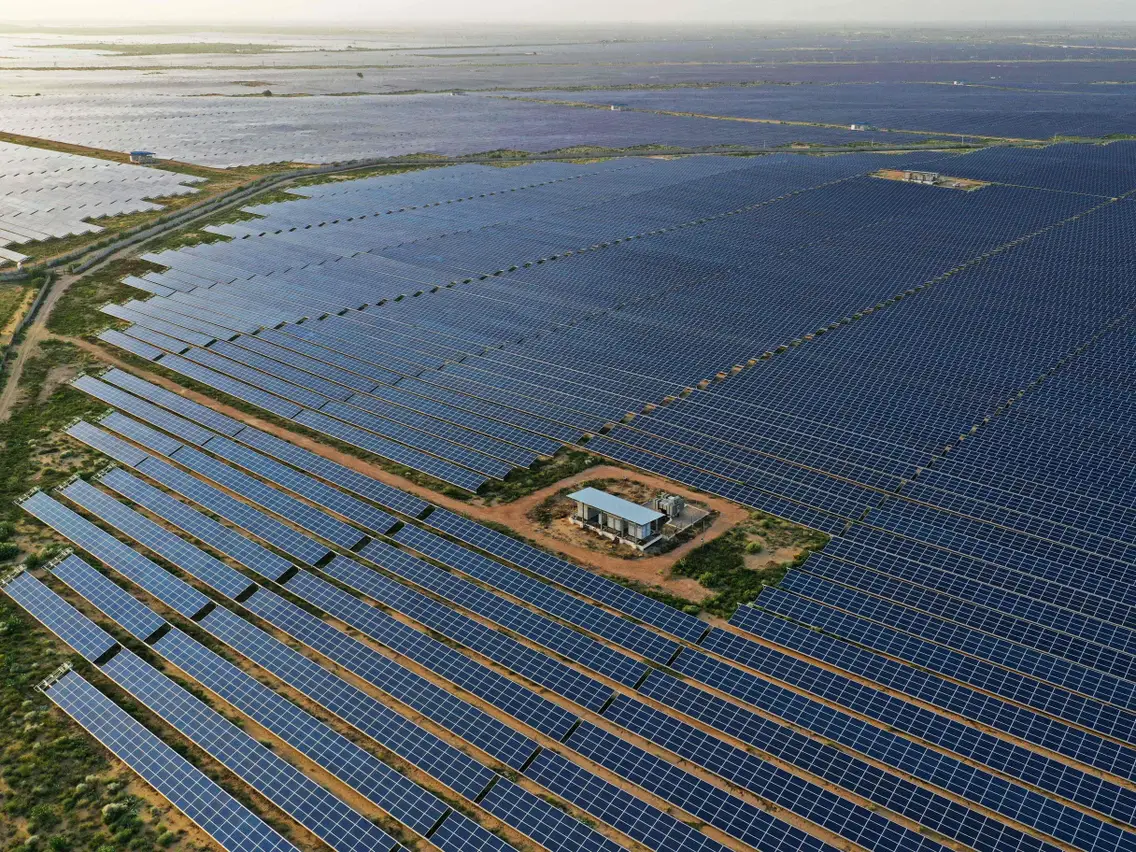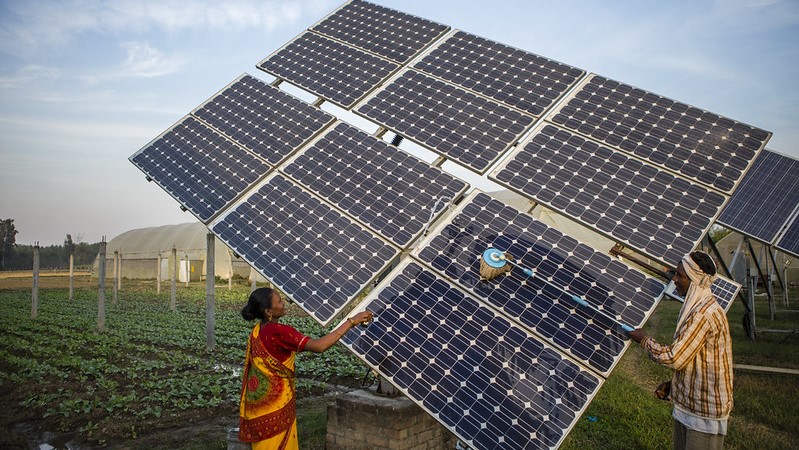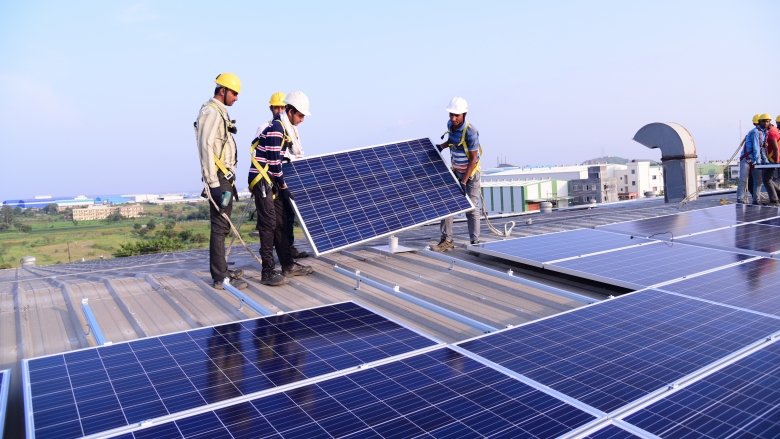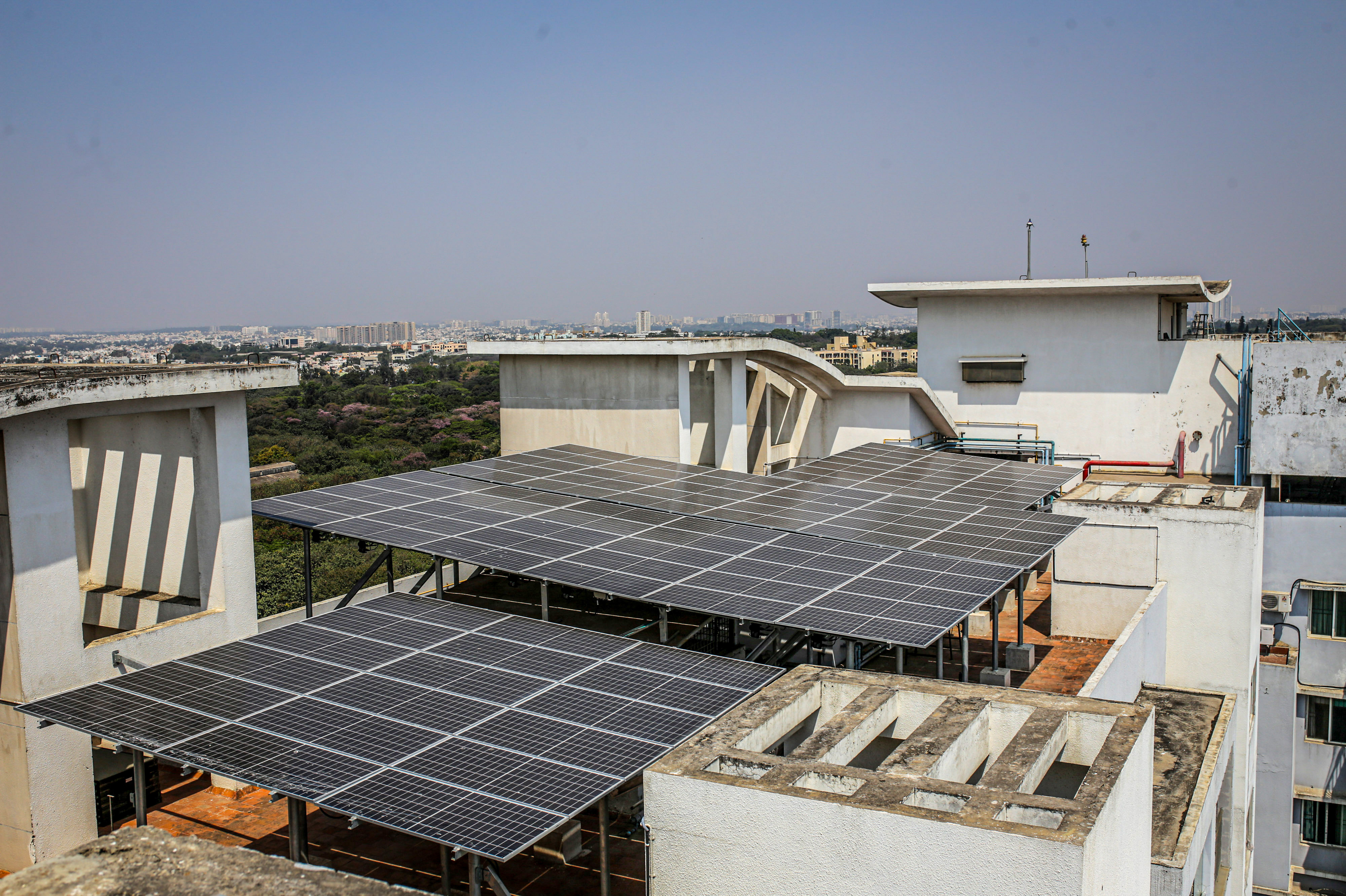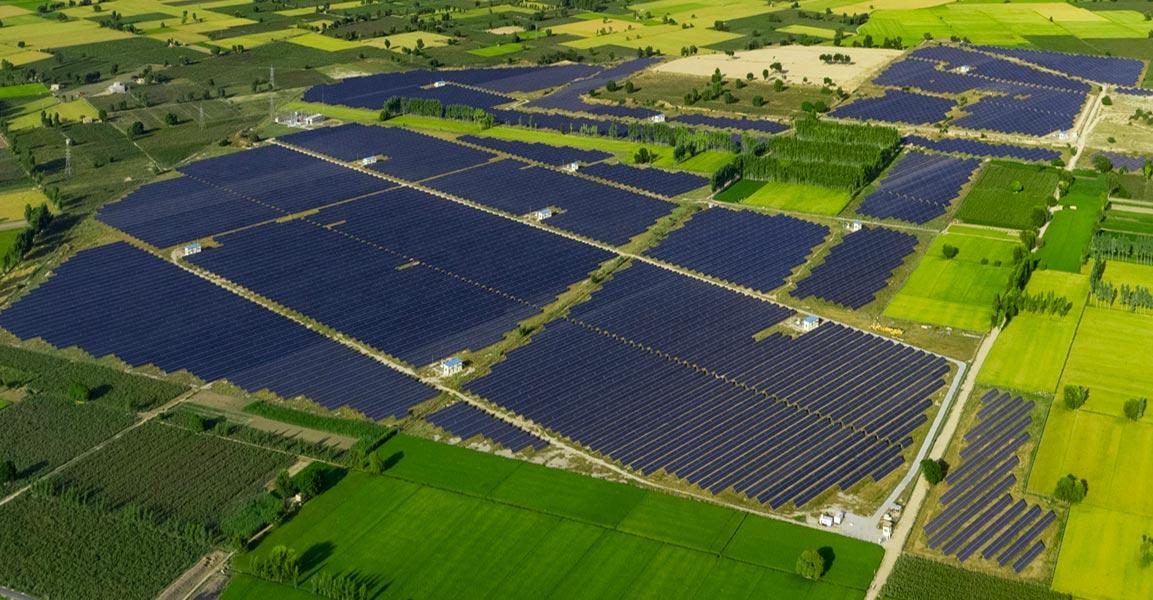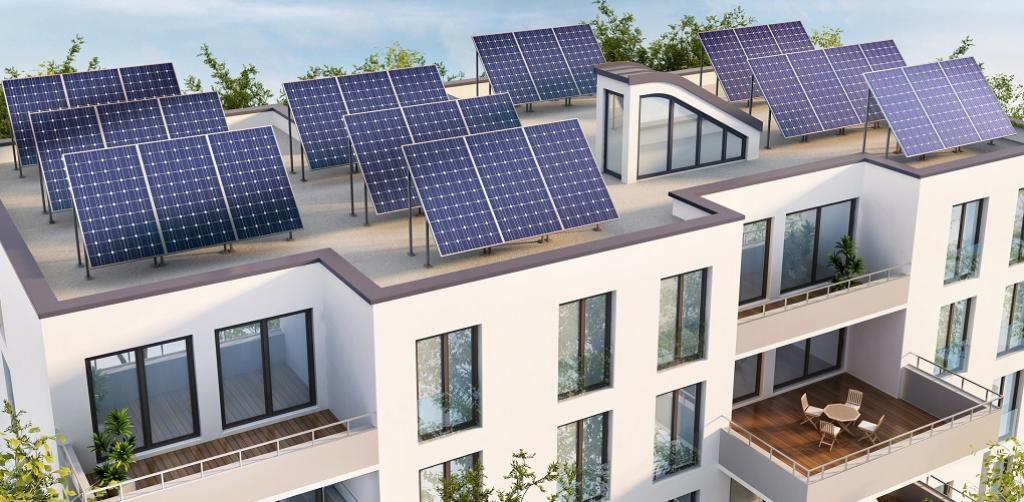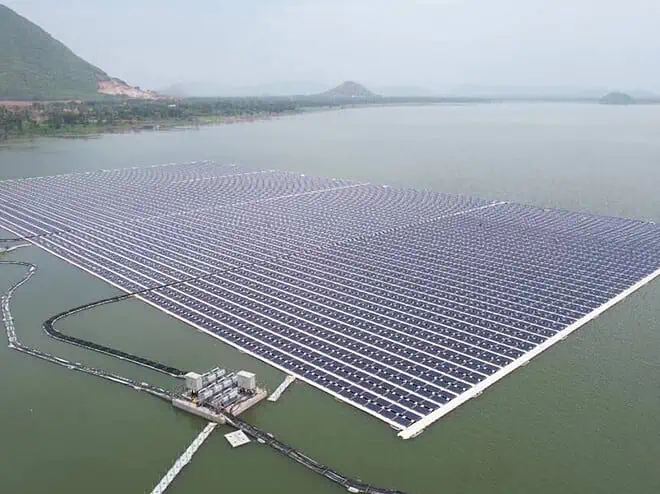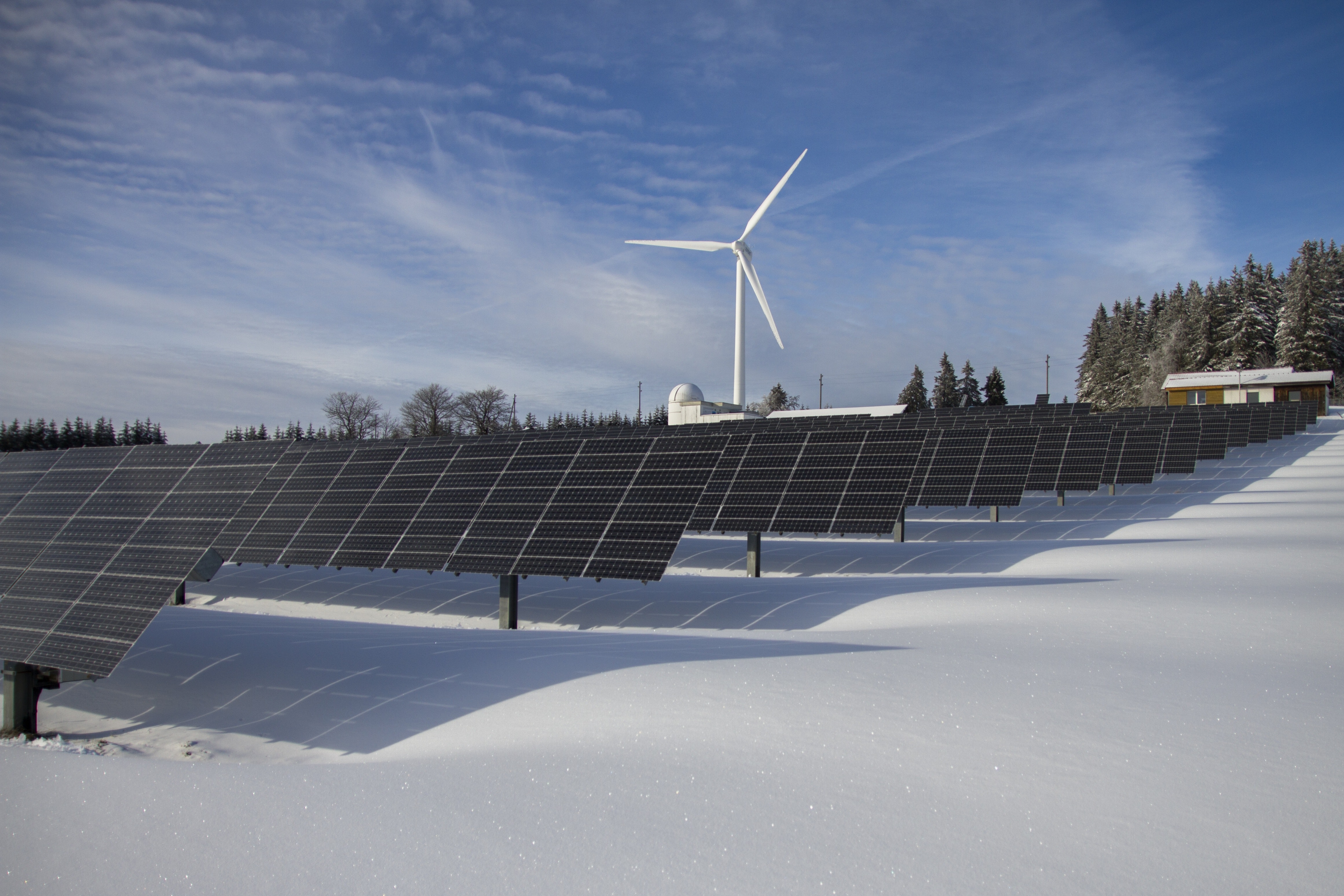
Field Associates
Tulsi Tanti - The founder-chairman and managing director of Suzlon Energy, Tanti founded the company in 1995, kick-starting the wind revolution in the country at a time when the global wind energy market was dominated by international players and characterised by expensive and complicated technologies that were largely unviable for traditional businesses.
Read More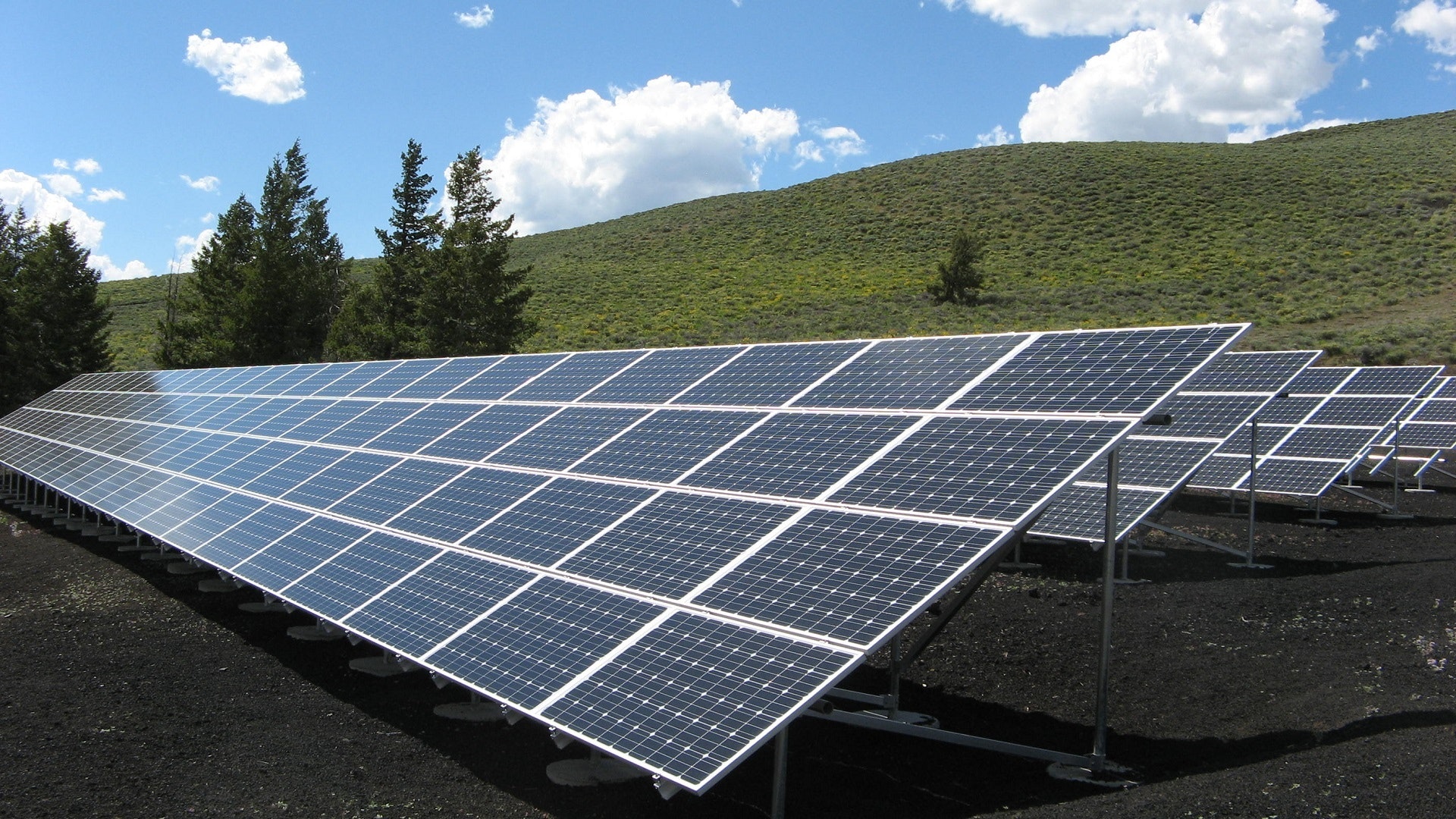
Field Associates
Sinha set up ReNew Power in 2011 with a plan to have at least 1000 MW of capacity by 2015. In March 2014, ReNew Power won its first solar power bid, a 57.6MW project in Madhya Pradesh. Sinha led ReNew Power from front, going from zero to 5,800 MW of commissioned capacity in six years, making it one of India's largest independent renewable energy producers.
Read More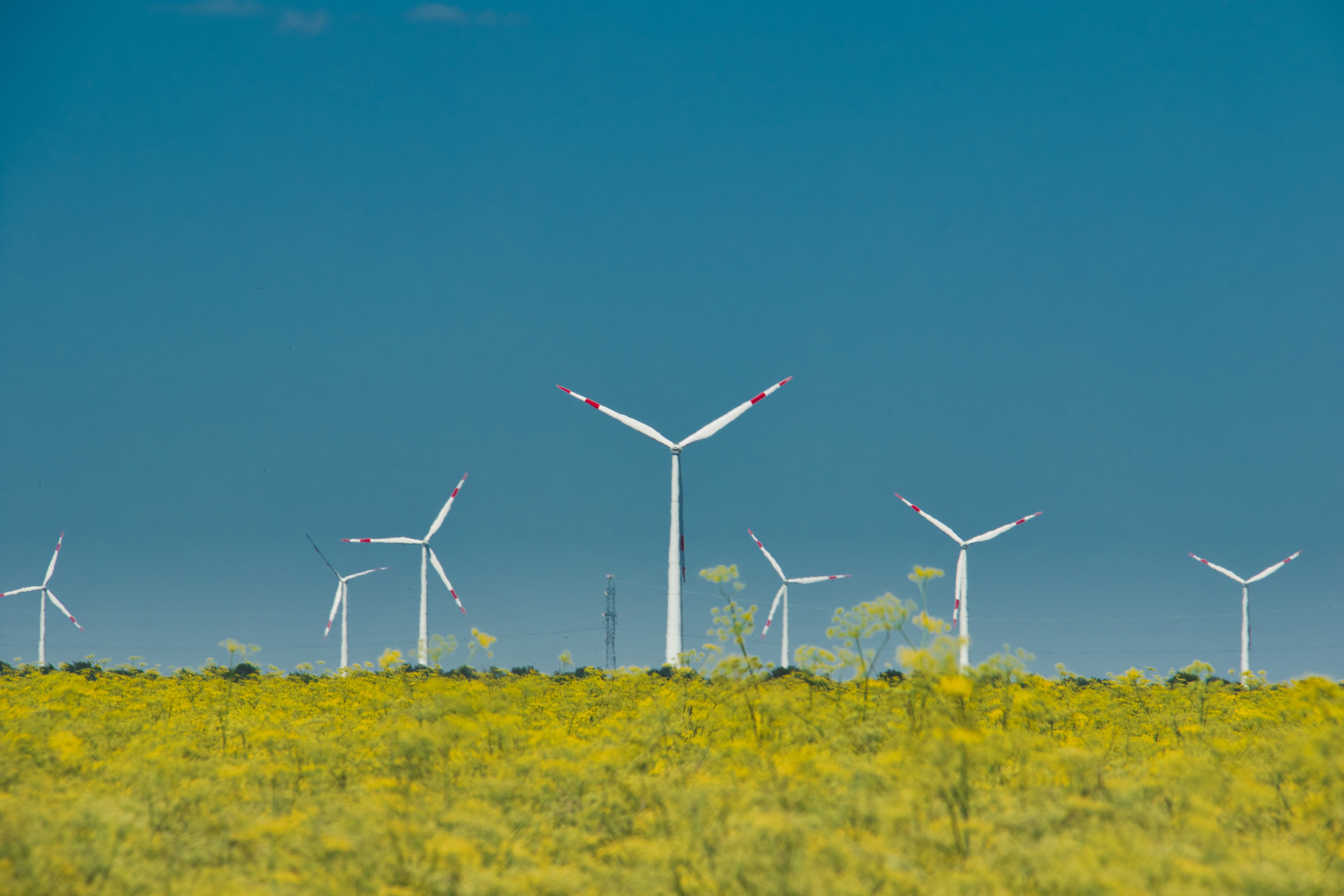
Field Associates
Rakesh Bakshi was an Indian climate change activist, professor and businessman. He is credited as one of the pioneers in the field of renewable energy sources in India and founded Solchrome Private Limited and RRB Energy Limited.
Read More